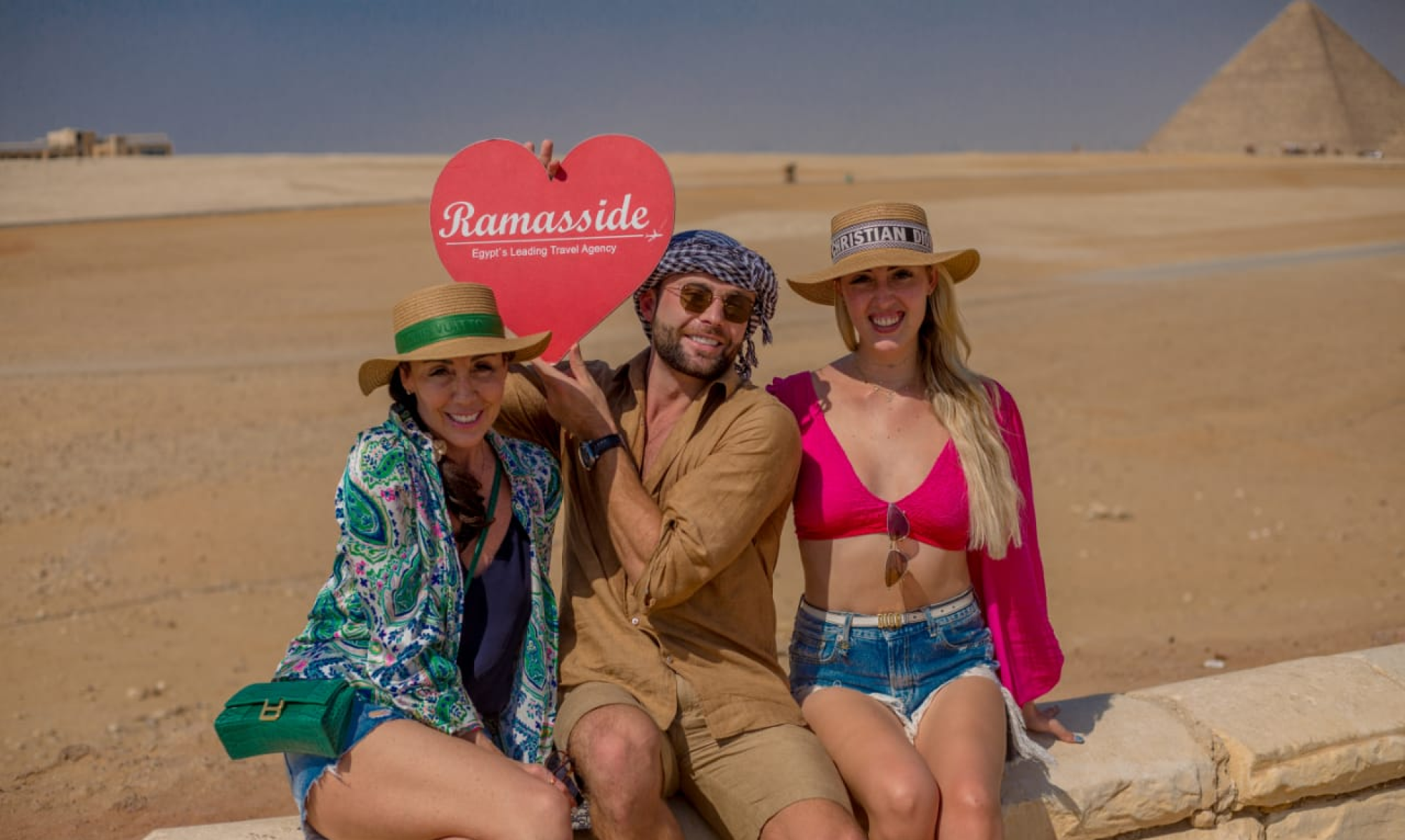
Perched majestically at the feet of the Pyramids of Giza in Egypt, the Great Sphinx stands as a timeless enigma, shrouded in myths, legends, and an aura of mystique. This colossal statue, with the body of a lion and the face of a pharaoh, has captured the imaginations of explorers, historians, and travelers for centuries. In this authoritative blog post, we embark on a journey to unravel the secrets of the Sphinx, exploring its history, symbolism, and enduring allure.
Chapter 1: The Great Sphinx – An Iconic Symbol
1.1. The Basics of the Sphinx – Introduce the Sphinx as an iconic statue located at the Giza Plateau. – Describe its colossal size and unique hybrid form of a lion and a pharaoh.
1.2. The Pharaoh’s Face – Discuss the theories and speculations about the identity of the pharaoh depicted on the Sphinx. – Explore the significance of the Sphinx’s face in the context of Egyptian history.
Chapter 2: Architectural Marvel and Construction
2.1. Design and Construction – Examine the precision and engineering prowess involved in creating the Sphinx. – Delve into the techniques used by ancient Egyptians to carve and shape the monument.
2.2. Alignment and Orientation – Highlight the Sphinx’s precise alignment with the pyramids and cardinal points. – Explore the celestial connections and astronomical significance of its orientation.
Chapter 3: Historical Significance
3.1. A Guardian of the Pyramids – Discuss the Sphinx’s role as a guardian or protector of the Giza necropolis. – Explore the ancient Egyptian belief in guardian deities and protective spirits.
3.2. Restorations and Preservation – Detail the efforts made over millennia to restore and protect the Sphinx from erosion and damage. – Highlight significant restoration projects and ongoing conservation efforts.
Chapter 4: Legends and Mysteries
4.1. Myths and Legends – Explore the various myths and legends surrounding the Sphinx. – Discuss tales of hidden chambers, riddles, and hidden knowledge associated with the Sphinx.
4.2. The Riddle of the Sphinx – Revisit the famous riddle posed by the Sphinx in Greek mythology. – Consider the symbolism of this riddle and its enduring cultural impact.
Chapter 5: Planning Your Visit
5.1. When to Visit – Advise on the best times to visit the Great Sphinx, taking into account weather and crowds. – Mention special events and evening tours that offer unique experiences.
5.2. Practical Tips – Prepare for your visit with essential information on tickets, guided tours, and accessibility. – Share cultural norms and guidelines for respectful behavior while visiting.
Chapter 6: Beyond the Great Sphinx
6.1. Exploring Giza – Encourage visitors to explore nearby attractions, including the Pyramids of Giza and the Solar Boat Museum. – Highlight the Avenue of Sphinxes and the Giza Plateau’s historical significance.
6.2. Cairo’s Cultural Treasures – Suggest exploring the vibrant culture and history of Cairo, including museums, markets, and historic sites.

